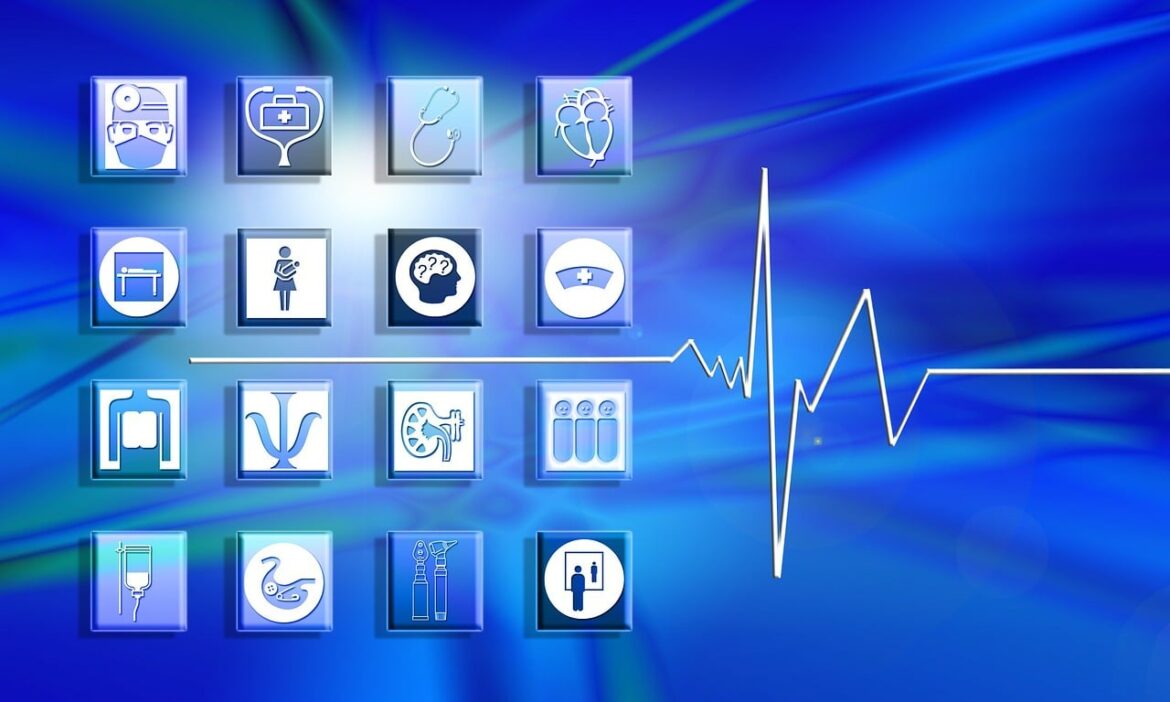On 1 January 2025, Finland implemented the annual update of the NordDRG system, bringing significant advancements to the classification and reimbursement of healthcare services.
The 2025 update introduces 1,005 Diagnosis-Related Groups (DRGs), marking an increase from 981 in 2024.
This change highlights Finland’s commitment to continuously refining its healthcare system to enhance precision, efficiency and equity in resource allocation.
This update is not an isolated event but part of a broader Nordic collaboration that underpins the NordDRG system. The system is used across Finland, Norway, Sweden, Denmark and Iceland, demonstrating a unified yet adaptable approach to healthcare resource management in the region. By collaborating on the NordDRG system, these countries benefit from a unified framework that promotes transparency, efficiency and patient-centred care while retaining flexibility to address national needs.
The NordDRG system is a standardised classification tool developed by the Nordic Casemix Centre to group hospital cases based on diagnoses, treatments and patient characteristics. Each DRG represents a group of patients with similar resource requirements, ensuring that healthcare providers are reimbursed fairly for the care they deliver. It serves three primary purposes:
- Hospital reimbursement: Facilitates transparent and equitable allocation of funds.
- Healthcare planning: Supports efficient resource management and operational decision-making.
- Quality assurance: Promotes consistency and comparability in care delivery.
The system is tailored by each country to align with national healthcare policies and funding models, making it a cornerstone of healthcare management across the Nordic region.
The 2025 Finnish NordDRG update introduced 54 new DRGs, discontinued 30 and refined several others by splitting cases into uncomplicated, complicated or very complicated categories. This enhances the system’s granularity and aligns reimbursement with the actual complexity of care delivered.
Examples of New DRGs:
- 127M: Heart failure or cardiogenic shock, very complicated
- 705O: Cardiac ultrasound, short treatment
- 493C: Endoscopic or laparoscopic cholecystectomy, complicated
- 065N: Balance disorder, uncomplicated
- 349N: Prostatic hyperplasia
- 384B: Pregnancy, uncomplicated
- 248C: Tendinitis, myositis, or bursitis, complicated
- 415M: Operative treatment of infectious disease, very complicated
These updates ensure that hospitals are reimbursed more accurately, particularly for complex cases and incentivise the adoption of innovative and cost-effective treatments.
Each country customises the system to fit its healthcare structure, but the shared foundation fosters regional cooperation, innovation and knowledge exchange.
- Finland: Regularly updates the system to address local healthcare challenges, such as rising costs and chronic disease management.
- Norway: Uses the system to monitor hospital performance and optimise resource allocation.
- Sweden: Adapts the system for its decentralised healthcare model, focusing on regional healthcare equity.
- Denmark: Leverages the system to manage resources and ensure cost-effective care delivery.
- Iceland: Applies the system on a smaller scale, benefiting from shared knowledge within the Nordic collaboration.
The NordDRG system can be applied in several ways to improve healthcare management and delivery:
- Reimbursement Mechanisms: DRGs ensure hospitals are reimbursed based on the complexity and cost of care delivered. For example, separating “uncomplicated” from “very complicated” cases ensures fair funding for high-resource interventions.
- Resource Allocation: Policymakers can use DRG data to identify trends in healthcare utilisation and allocate resources more effectively to meet patient needs.
- Performance Monitoring: Healthcare providers can assess outcomes and efficiency using DRG-based comparisons, identifying areas for improvement.
- Policy Development: The system’s data-driven approach supports evidence-based policymaking, enabling governments to optimise healthcare budgets.
- Innovation Incentives: By recognising and classifying advanced treatments and technologies, the NordDRG system encourages the adoption of cost-effective and innovative care models.
The latest update to the Finnish NordDRG system reflects the evolving needs of healthcare delivery in Finland and the broader Nordic region. By introducing new DRGs and refining existing ones. The update improves accuracy to ensure fair reimbursement by accounting for varying levels of case complexity, promotes equity that reduces regional disparities in funding and care delivery, enhances transparency to provide clear, data-driven criteria for funding decisions and encourages Value-Based Care that supports treatments that improve outcomes while controlling costs.
The 2025 Finnish NordDRG update is a testament to the strength of the Nordic collaboration in healthcare management. By combining shared knowledge with local adaptations, the NordDRG system continues to advance precision, efficiency, and equity in healthcare across the region.
As Finland implements these changes, the healthcare community can look forward to improved outcomes, reduced disparities and a more sustainable system. The NordDRG system’s adaptability and collaborative framework ensure that it remains a vital tool for meeting the challenges of modern healthcare.
For more details on the updated 2025 NordDRG system (in Finnish), full documentation can be requested directly from the Nordic Casemix Centre or local healthcare authorities.
